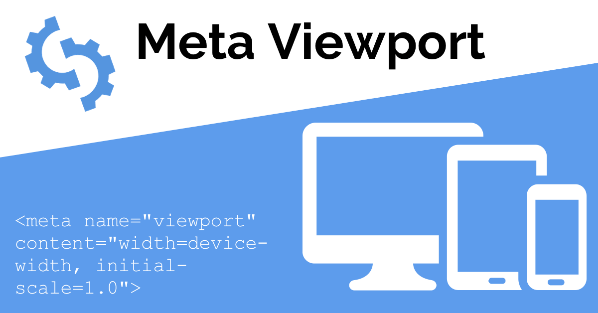-
Introduction and features of PHP
Welcome! And Thank you to choose us for your study partner. We will be teaching you PHP, right from the novice to professional. Our PHP tutorial will help you to learn all the topics of PHP such as control statements, functions, array, string, file handling, form handling, regular expression, date and time, object-oriented programming in PHP, PHP MySQL, PHP with Ajax, PHP with jQuery and PHP with XML.
The PHP Hypertext Preprocessor (PHP) is an object-oriented scripting language, open source, interpreted i.e., there is no need for compilation that allows web developers to create dynamic content that interacts with databases to make dynamic websites or e-commerce websites.
PHP is faster programming language than others such as Python, JSP etc. PHP is the best programming language to use for creating web based applications such as blog or e-commerce websites. This tutorial will help you to become expert in PHP from novice to professional.
Rasmus Lerdorf is the author of PHP who release the first version of PHP in 1994. PHP reference implementation is now produced by The PHP Group. PHP originally called Personal Home Page, but it now stands for the recursive initialize PHP: Hypertext Preprocessor.
The standard PHP interpreter, powered by the Zend Engine, is free software released under the PHP License. There are many frameworks and CMS in PHP which is highly used in whole world for developing best dynamic websites or e-commerce software like Wordpress, Magento, Codeigniter, Laravel, etc.
PHP Features
There are given many features of PHP.
Simple: PHP is very simple and easy to use, compare to other scripting and widely used all over the world to create website like blogs or e-commerce website.
Performance: PHP is faster programming language means program written in PHP executes much faster than others such as Python, JSP etc.
Interpreted: is an object-oriented scripting language, open source, interpreted i.e., there is no need for compilation that allows web developers to create dynamic content that interacts with databases to make dynamic websites or e-commerce websites. Faster
Open Source Software: PHP source code is freely available on the internet; you don’t need to pay so it is called open source programming language.
Platform Independent: PHP is available for WINDOWS, MAC, and LINUX & UNIX operating system. A PHP application developed in one Operating system can be easily executed in other Operating system also.
Compatibility: PHP is compatible with almost all local servers used today like Apache, IIS etc.
Embedded: PHP code can be easily embedded within HTML tags and script.
Case Sensitive: PHP is case sensitive scripting language and no need to define data type before variables. In PHP, all keywords (e.g. if, else, while, echo, etc.), classes, functions, and user-defined functions are NOT case-sensitive.
Integration With Databases: PHP easily integrates with a number of popular databases, including MySQL, PostgreSQL, Oracle, Sybase, Informix, and Microsoft SQL Server.
Error Reporting: PHP have some predefined error reporting constants to generate a warning or error notice.
Real-Time Access Monitoring: PHP provides access logging by creating the summary of recent accesses for the user.
Loosely Typed Language: PHP supports variable usage without declaring its data type. It will be taken at the time of the execution based on the type of data it has on its value.
Supports All Major Protocols: PHP supports a large number of major protocols such as POP3, IMAP, and LDAP.
Common Uses of PHPPHP performs system functions, such as PHP can create, open, read, write, and close the files on the system. And we can create directories, and modify the file permissions easily with the PHP code.
In PHP, you can easily encrypt or decrypt the user data to prevent the attack against security of user’s useful information.
PHP can handle forms to save the data of members, gather data from files, save data to a file, send data by emails, and return manipulated data to the users.
You add, delete, and modify or update the records in respected database via the PHP code more efficiently.
PHP is a server side scripting language that is embedded in HTML. It is used to manage dynamic content, databases, session tracking, even build entire e-commerce sites.
PHP can access or set cookies variables to store some useful information either permanent or temporary.
Using PHP, you can restrict users to access some pages of your website. So that your site can be more safe and secure than before.
Also, you can start sessions and use session variables and objects via the PHP code, which can also help you to manage the online-shop and others.
Through PHP, You can create, redesign or crop images on the fly easily.
To install PHP, we suggest you to install XAMPP (Cross, Apache, MySQL, PHP, Perl) for Cross Platform: It includes some other components too such as FileZilla, OpenSSL, Webalizer, Mercury Mail etc. It is available for all operating systems. There are many AMP options available in the market that are given below:
- WAMP for Windows
- LAMP for Linux
- MAMP for Mac






